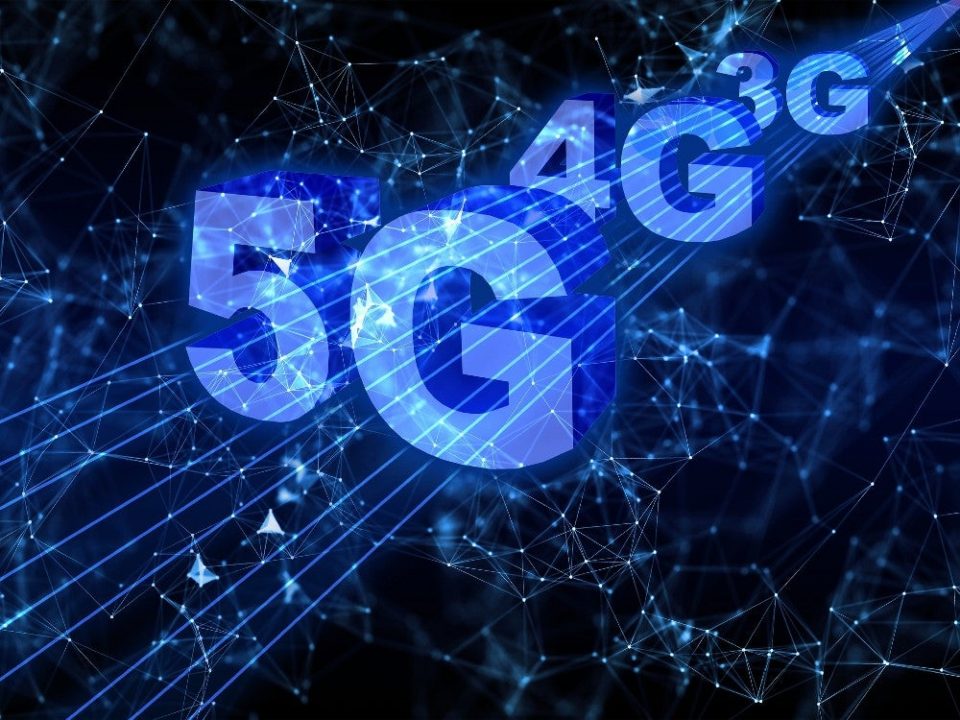5G will pave the way for smarter (and remote) classrooms based on mixed reality learning platforms.
Grow Your Business, Not Your Inbox
Stay informed and join our daily newsletter now!
3 min read
The fifth generation of wireless technology (5G) is about to become a global standard, what does this mean? A sea of technological possibilities. According to a study by Polytechnic Mersing , 5G will drive from a further expansion of the Internet of Things (IoT) to a revolution in education that will update learning systems and improve the future of online instruction.
Without going any further, 2020 has been the year of video tutorials. YouTube alone generates more than 1 billion visits per day in learning and education videos. Part of the basic benefits that the expansion of 5G will bring, is precisely having perfect connectivity to download and watch videos, in addition to helping teachers eliminate downtime in delays and failures to focus on value-added instructions and materials reference. Problems with the internet will no longer be excuses when learning.
Smart classrooms: More interaction with high technology
In the experience of Capabilia , a company that develops learning platforms, they have seen how teachers and students try to adapt to a distance education that is here to stay. However, this is the beginning of a new Era in education, because 5G is going to go even further, providing the necessary bandwidth capacity to deploy high-tech content from anywhere, anytime. This interactive and virtual scenario will forever change the way of learning known until now.

Photo: Courtesy
In this sense, 5G will pave the way for smarter (and remote) classrooms based on mixed reality learning platforms. For example, Capabilia is in a constant search and application of effective learning experiences in digital environments, which has helped them understand that students respond much better to active and immersive learning processes, improving both their experience and rates of learning. retention.
Integration of Internet of Things and Robotics
On the other hand, the fifth generation of wireless technology will promote the greater use of IoT technology, which could generate, in the future, a gradual inclusion of robotics in the classroom as teaching material. Finland, for example, is experimenting with this idea through Elias , a robot who provides support in math classes and language learning. Elias allows young students to engage in natural conversations while adding a dimension of fun through dance and games.
In this way, 5G could serve as a bridge between augmented reality and real-life classrooms for all ages. Lifelong learning could reach new levels of productivity with holographic instructors and concepts that emerge from textbooks and videos and become immediate reality. The possibilities are endless in this technological revolution that is transforming the way of teaching and learning.


